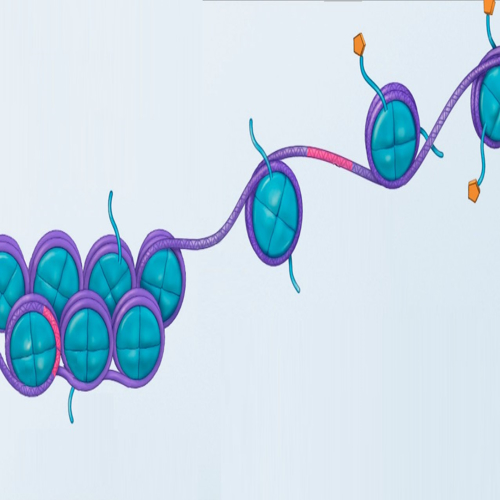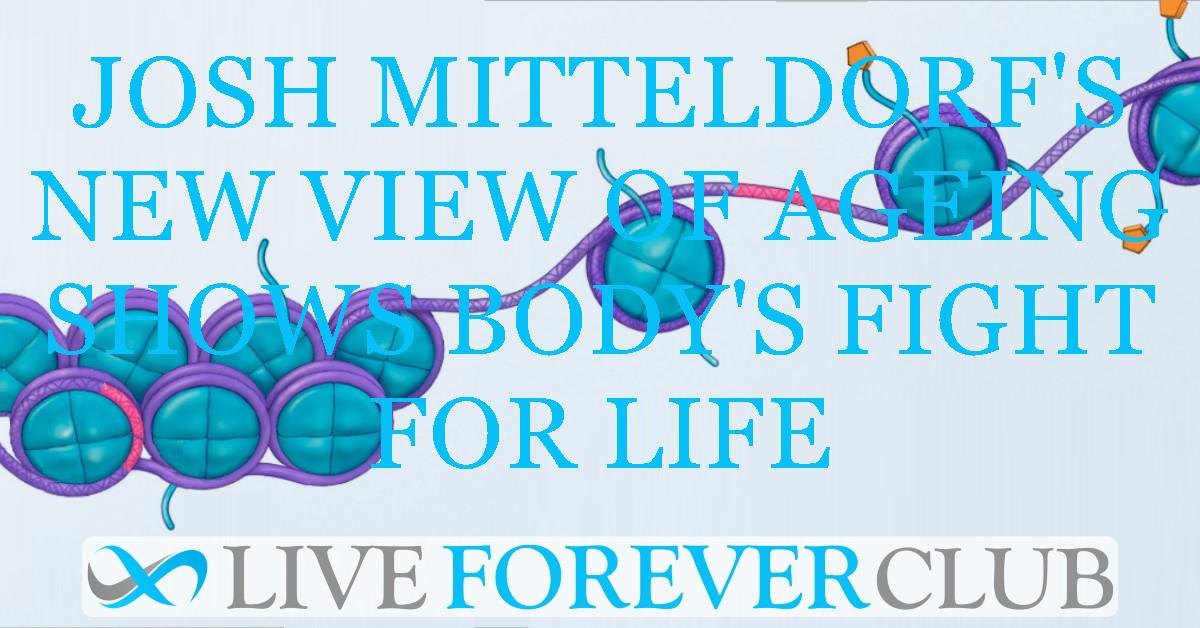Methylation clocks have emerged as a revolutionary concept in the realm of anti-ageing research. Since the groundbreaking work by Steve Horvath in 2013, these clocks have been heralded as a promising tool for understanding and potentially mitigating the ageing process. They offer a novel approach to measuring biological age, distinct from chronological age, by analysing patterns of DNA methylation.
DNA methylation is a biochemical process where methyl groups are added to the DNA molecule, primarily at cytosine bases adjacent to guanine bases (CpG sites). This modification can change the activity of a DNA segment without changing its sequence. Methylation plays a critical role in regulating gene expression, with implications for ageing and disease development. As individuals age, their DNA undergoes systematic methylation changes, which these clocks aim to track and interpret.
Josh Mitteldorf, a renowned researcher, recently conducted a study offering a novel perspective on methylation clocks. The study scrutinises the effectiveness of these clocks in measuring the impact of anti-ageing interventions.
Research Details:
Josh Mitteldorf's research introduces a groundbreaking hypothesis that methylation clocks capture two distinct aspects of ageing: defensive and programmed. This dual nature suggests that these clocks may not be as straightforward in measuring ageing as previously thought. This innovative approach challenges the existing paradigms in the field of anti-ageing research.
Understanding the Dual Nature
Programmed Ageing:
This aspect of ageing suggests a kind of self-destruct mechanism within our biology. It involves genes turning on pathways that promote inflammation, apoptosis (programmed cell death), and the reduction of crucial processes like DNA repair and autophagy. This side of ageing can be seen as a systematic downscaling of the body's maintenance and repair mechanisms, leading to the gradual deterioration associated with ageing.
Defensive Responses:
In contrast, the defensive aspect of ageing represents the body's attempt to protect itself. This includes enhanced immune function, increased autophagy (the body's way of cleaning out damaged cells), heightened antioxidant activity, and improved DNA repair. These responses can be viewed as the body's effort to combat the damages incurred over time.
The Study's Approach
Analysing Epigenetic Clocks:
Mitteldorf's study closely examines how existing epigenetic clocks, like the Horvath clock, interpret these two aspects. The research suggests that current clocks might be conflating these dual aspects, thereby providing a potentially misleading representation of an individual's biological ageing process.
Investigating Diverse Interventions:
The study reviews various anti-ageing interventions and their effects on methylation clocks. Notably, it considers cases where interventions known to extend lifespan in animal models do not significantly impact methylation age according to current clocks, indicating a possible misalignment in these clocks' measurements.
Interpreting Inconsistencies:
By exploring instances where methylation clocks fail to align with expected outcomes – for example, the lack of significant changes in methylation age in participants of extreme caloric restriction diets – the research underscores the need for a more nuanced understanding of what these clocks are measuring.
The Evidence
Case Studies: The study brings into focus specific examples, such as the effects of Rapamycin on mice, where lifespan extension does not correlate with changes in methylation age. Similarly, the impact of Katcher’s intravenous infusion of exosomes, which significantly alters the methylation clock readings but does not proportionately extend lifespan, is analyzed.
Critique of Current Models: The research also delves into critiques by other scientists, like the Conboys, who question the utility of current methylation clocks and the machine learning algorithms behind them, especially in their response to known life-shortening conditions.
The Revelation
A pivotal part of the research is the analysis of the GrimAge clock's handling of smoking data. Smoking is known to accelerate ageing, and specific methylation patterns associated with smoking are valuable predictors of mortality. However, Mitteldorf's study posits that these methylation changes, which GrimAge interprets as indicating older biological age, might actually represent the body's defensive response to smoking-related damage. This insight provides a crucial clue into how methylation clocks might be misinterpreting certain types of epigenetic changes.
Results and Statistics:
Rapamycin and Rodent Lifespan: One of the most striking findings was related to Rapamycin, a substance known to extend the lifespan of male mice. Surprisingly, this extension in lifespan did not correspond with significant changes in the mice's methylation age according to the Horvath rodent clock. This discrepancy suggests that the clock may not be accurately capturing the biological changes associated with increased lifespan.
CALERIE Study and Human Participants: Participants in the Comprehensive Assessment of Long-term Effects of Reducing Intake of Energy (CALERIE) study, who adopted extreme caloric restriction diets, showed no significant benefit according to either the GrimAge or PhenoAge clocks. This finding is puzzling considering the well-documented effects of caloric restriction on longevity, indicating a potential oversight in how methylation clocks measure the biological impact of such interventions.
Exosomes (E5) Study: The research also highlights the case of Katcher’s intravenous infusion of exosomes (E5), which had a dramatic effect on the Horvath rodent/human clock, reducing epigenetic age by half. However, this significant alteration in methylation age seemed to extend lifespan less than expected, raising questions about the clock's predictive accuracy.
Smoking and GrimAge Clock: Mitteldorf's analysis of the GrimAge clock's handling of smoking data provides another critical insight. Smoking accelerates ageing and is associated with distinct methylation patterns, which the GrimAge clock interprets as indicating older biological age. However, the study proposes that these changes might be defensive responses to smoking-related damage rather than direct indicators of accelerated ageing. This hypothesis suggests that the methylation changes linked to smoking should have been counted with negative coefficients in methylation clocks, a methodology not employed in the construction of the GrimAge clock.
Rethinking Methylation Clocks
Mitteldorf's study suggests a significant overhaul in how we perceive and use methylation clocks. By distinguishing between the two types of epigenetic changes, we could develop more accurate tools for assessing anti-ageing interventions. This insight opens up possibilities for creating clocks that measure beneficial changes while possibly penalising detrimental ones.
The study paves the way for developing new models that accurately reflect the complex nature of ageing. Combining physical and epigenetic factors could lead to more reliable predictors of biological age.
Credits and Acknowledgements
The details of this research were shared by Josh Mitteldorf in a blog post, making it accessible to both the scientific community and the general public.






